The transformation of agriculture
50 years ago, the Mekong Delta (MD) faced many difficulties, producing only about 5 million tons of rice each year, mainly seasonal rice, cultivated once a year, with a yield of only about 2.5 - 3 tons/ha. In 1977, the MD Rice Institute was established (initially named O Mon Rice Institute) to create high-yield, short-term rice varieties.
Dr. Tran Ngoc Thach - Director of the Mekong Delta Rice Institute - recalled the early days of the institute, from local seasonal rice varieties, the Institute crossbred and produced a series of new rice varieties. The following rice varieties have many outstanding characteristics, high yield, quality, resistance to pests and diseases, suitable for conditions such as salinity, acid sulfate soil, short growing season. The development of rice varieties, cultivation techniques, and efforts of farmers, rice productivity in the Mekong Delta has increased to 6.2 tons/ha. From 1 crop/year, it has gradually increased to 2 crops/year, many places produce 3 crops/year. Increased productivity and output, along with quality, have turned the Mekong Delta into the country's rice granary, ensuring food security and export.
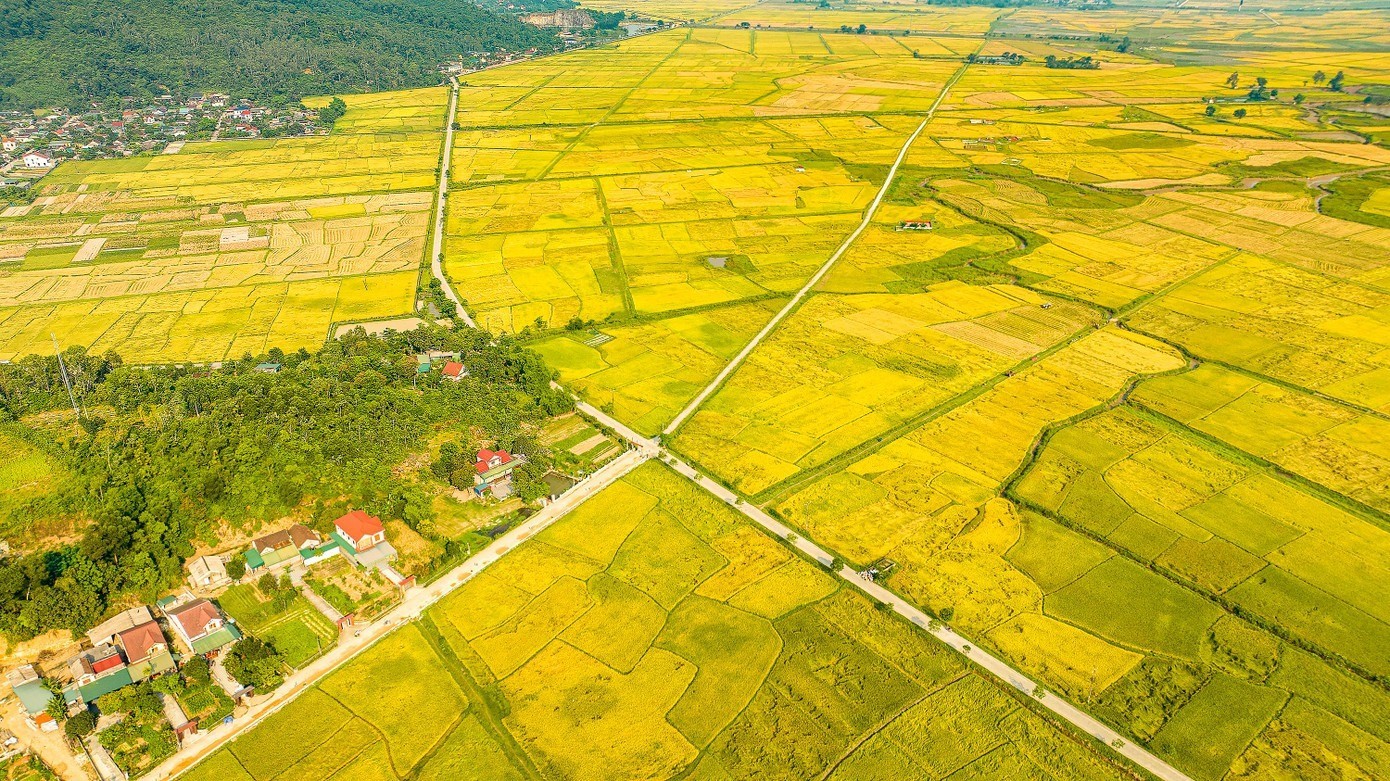
During his lifetime, the late Professor Vo Tong Xuan - who had been involved in agriculture for more than 60 years, was known as Vietnam's leading agricultural expert, with many contributions in the field of science and agricultural research - wondered: "The ultimate goal is how to help rice farmers have better income?".
Prof. Vo Tong Xuan and the leaders of Can Tho University sent a telegram to the Philippines, contacted the International Rice Research Institute (IRRI) and received samples of new rice varieties (IR32, IR34, IR36, IR38). The professor and staff of the Faculty of Agriculture - Can Tho University started researching and testing. The results showed that the IR36 rice variety was the most superior and was selected for expansion.
The historic turning point of Vietnam's agriculture came on April 5, 1988, when Resolution 10 (Contract 10) was issued. This policy "unleashed" farmers, who were given land for a long time and made their own decisions on production, helping agriculture recover quickly. After only a few years, rice output increased sharply, from 18.2 million tons in 1986 to 24.5 million tons in 1990. Notably, in 1989, Vietnam exported 1.4 million tons of rice for the first time - a historic milestone, marking the successful transformation of Vietnam's agriculture.
Exporting rice to more than 150 countries and territories
Mr. Do Ha Nam - Chairman of the Vietnam Food Association - said that before 1986, Vietnam had to import more than 1.5 million tons of rice per year to ensure food security. After Contract 10, Vietnam reversed the situation and became a rice exporting country. Over the past 37 years, Vietnam has exported more than 158 million tons of rice to more than 150 countries and territories, accounting for about 15% of the global rice market share. Currently, the annual rice output remains over 40 million tons, and Vietnam is always in the group of 3 largest rice exporting countries in the world.
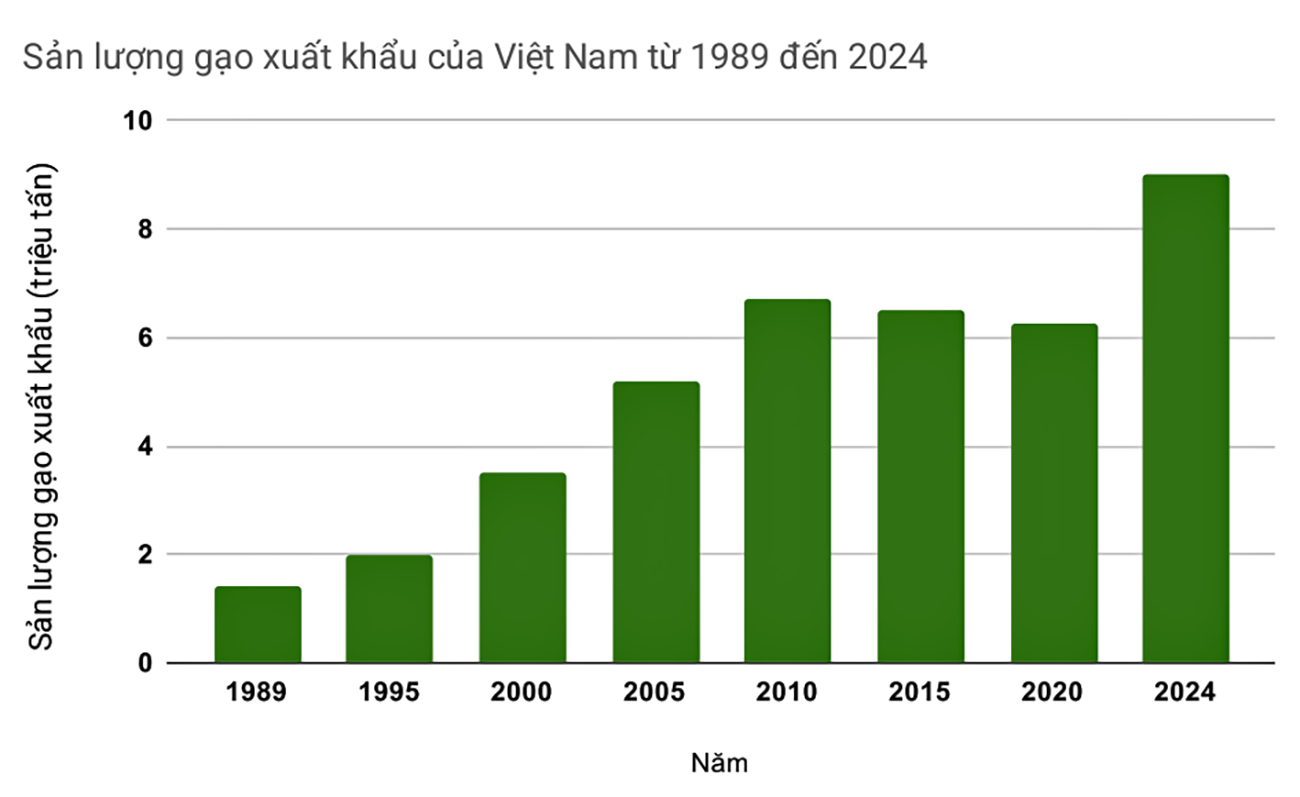
Mr. Bui Ba Bong - former Deputy Minister of Agriculture and Environment (MARD), Chairman of Vietnam Rice Industry Association - commented: "Science and technology, especially breeding, have become key driving forces for rice development. High-quality rice varieties have been researched, bringing the average yield of the whole country to over 6 tons/ha, double that of Thailand and India". Rice varieties OM5451, Dai Thom 8, ST24, ST25 have become national brands, favored by the international market, with prices 1.3 - 1.5 times higher than normal rice. At the same time, new-generation free trade agreements (FTAs) have also contributed to opening up larger and more diverse export markets for Vietnamese rice, especially demanding markets such as Japan and Europe.
Mr. Phung Duc Tien - Deputy Minister of Agriculture and Rural Development - affirmed that over the past 80 years, each stage of the country's development has left its mark on agriculture and farmers. Today's achievements are the result of the resilient, synchronous and drastic efforts of the entire political system and the entire nation. Those are the rice carts supporting the Dien Bien Phu battlefield, the spirit of "Not a pound of rice is missing, not a soldier is missing" in the resistance war against the US.
According to Mr. Tien, during the difficult period of the COVID-19 pandemic, agriculture has proven its supporting role in ensuring food security for more than 100 million people and maintaining exports. Last year alone, Vietnam exported more than 9 million tons of rice. This shows that the potential and strengths of the industry are still very large, opening up opportunities for sustainable development in the future.
World's first batch of 'emissions-reduced' rice
Recently, the Project on Sustainable Development of 1 million hectares of high-quality, low-emission rice associated with green growth in the Mekong Delta region was born, receiving close attention and direction from the Prime Minister and ministries, localities, especially farmers, enterprises, and cooperatives.
Mr. Le Thanh Tung - General Secretary of the Vietnam Rice Industry Association - said that the main objective of the Project is to maintain the core role of rice production in ensuring national food security. Develop agriculture in the Mekong Delta in a sustainable, natural direction and increase income for rice growers. Reduce greenhouse gas emissions, contributing to the implementation of Vietnam's international commitment to environmental protection.
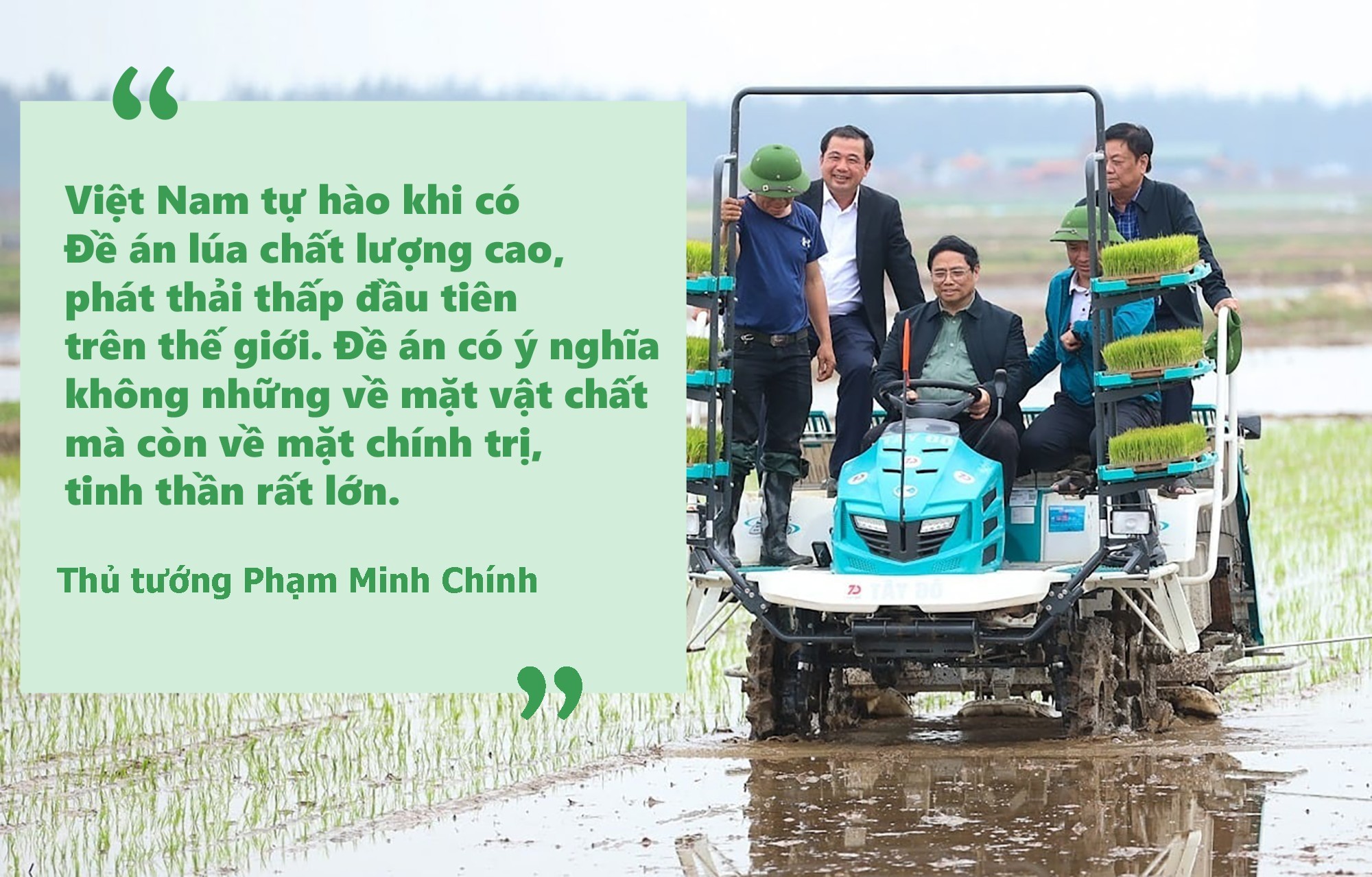
Mr. Pham Thai Binh - Chairman of the Board of Directors of Trung An High-Tech Agriculture Joint Stock Company - said that the Project has solved the basic bottleneck of the previous "large-scale field" model. After being approved by the Prime Minister, ministries, branches and localities in the Mekong Delta region have quickly and resolutely taken action. The government, farmers, cooperatives and rice enterprises in the Mekong Delta are very excited, eager and hopeful.
Last June, Vietnam exported 500 tons of rice labeled “Viet Green Low Emission Rice” to Japan. This product is produced according to the technical process of the 1 Million Hectare Project, the first batch of “low emission” rice in the world to be exported.
Working with the provinces and cities of the Mekong Delta recently, Prime Minister Pham Minh Chinh affirmed: Vietnam is proud to have the world's first high-quality, low-emission rice project. The project is not only significant in terms of material but also in terms of politics and spirit; contributing to combating climate change, reducing emissions, creating jobs and livelihoods for people; promoting science and technology, digital transformation in agriculture, deep processing, creating regional and international links in the supply chain, diversifying markets, and enhancing the national brand of Vietnamese rice.
According to the General Statistics Office, in 2024, the total rice planting area (all crops) is estimated to reach more than 7.13 million hectares, the total rice output is estimated to reach 43.46 million tons, and the average rice yield is estimated to reach nearly 7 tons/ha. Vietnam has set a new record in rice exports, with an output of about 9 million tons and a turnover of nearly 5.7 billion USD.
Source: https://baolaocai.vn/sau-nan-doi-lich-su-viet-nam-tro-thanh-cuong-quoc-xuat-khau-gao-the-nao-post880675.html



![[Photo] General Secretary To Lam presents the 45-year Party membership badge to comrade Phan Dinh Trac](https://vphoto.vietnam.vn/thumb/1200x675/vietnam/resource/IMAGE/2025/8/28/e2f08c400e504e38ac694bc6142ac331)
![[Photo] Politburo works with the Standing Committee of Cao Bang Provincial Party Committee and Hue City Party Committee](https://vphoto.vietnam.vn/thumb/1200x675/vietnam/resource/IMAGE/2025/8/28/fee8a847b1ff45188749eb0299c512b2)
![[Photo] Red flag with yellow star flutters in France on National Day September 2](https://vphoto.vietnam.vn/thumb/1200x675/vietnam/resource/IMAGE/2025/8/28/f6fc12215220488bb859230b86b9cc12)
![[Photo] National Assembly Chairman Tran Thanh Man holds talks with New Zealand Parliament Chairman](https://vphoto.vietnam.vn/thumb/1200x675/vietnam/resource/IMAGE/2025/8/28/c90fcbe09a1d4a028b7623ae366b741d)
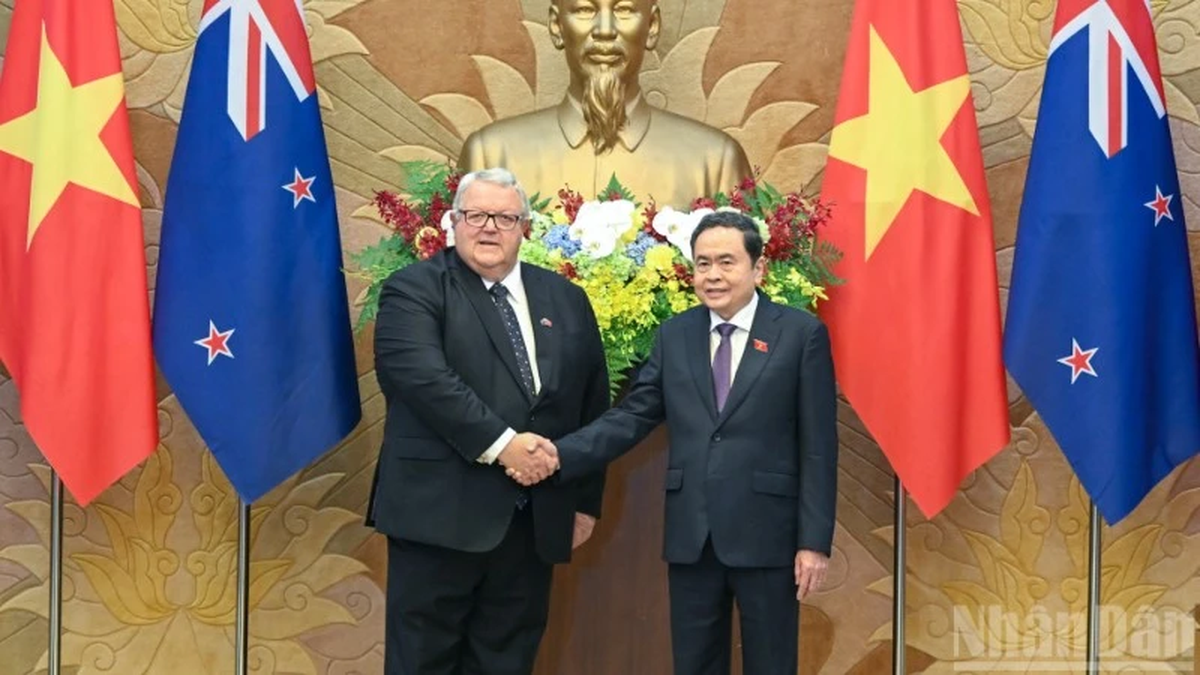
![[Photo] General Secretary To Lam attends the opening ceremony of the National Achievements Exhibition](https://vphoto.vietnam.vn/thumb/1200x675/vietnam/resource/IMAGE/2025/8/28/d371751d37634474bb3d91c6f701be7f)
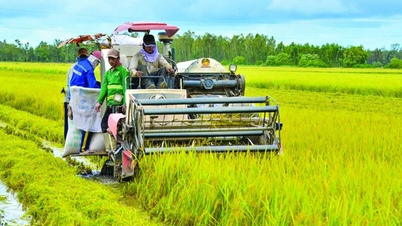
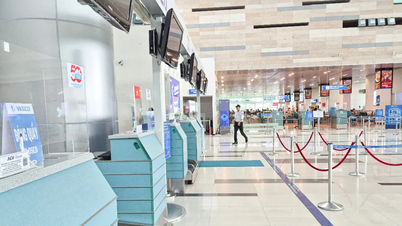

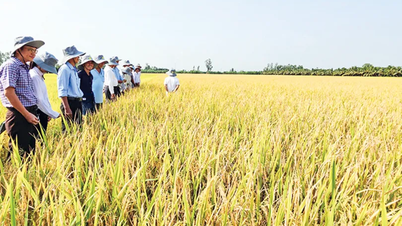




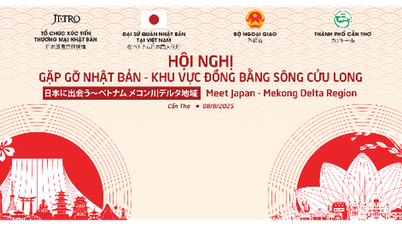

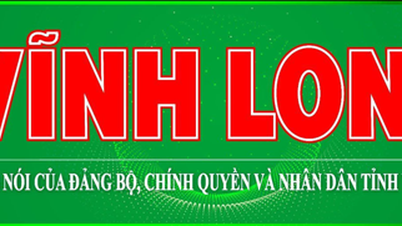

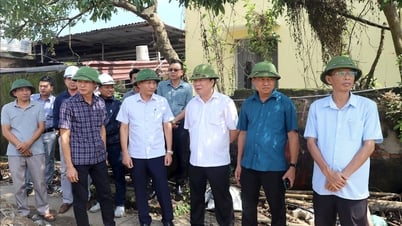



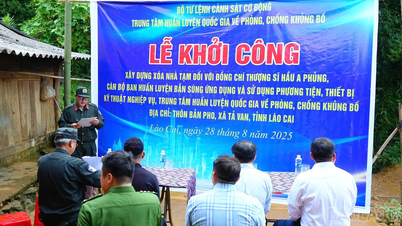








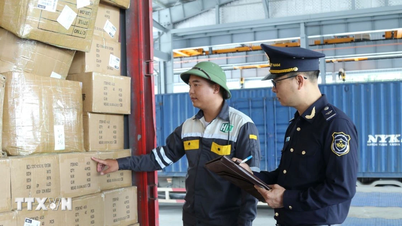
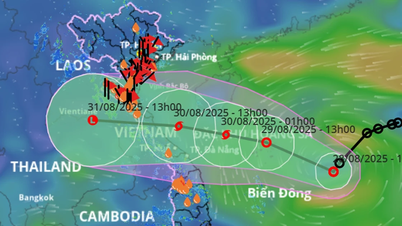
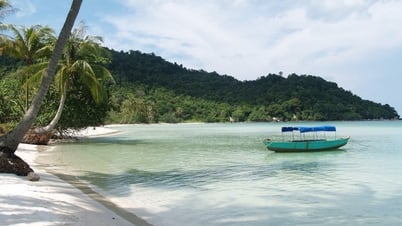
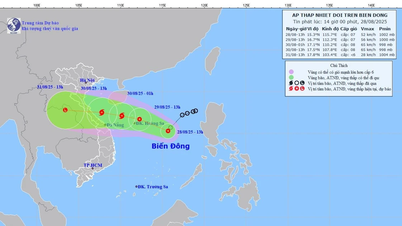
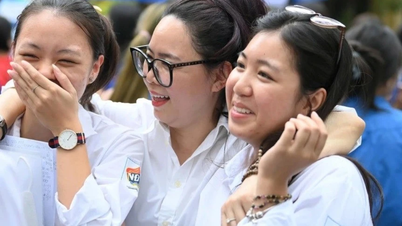
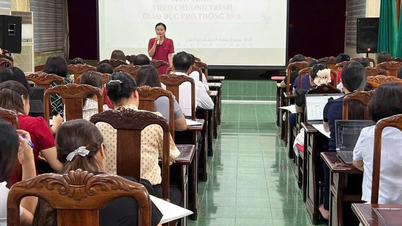
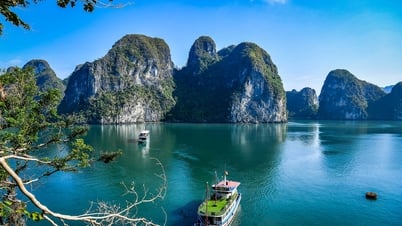

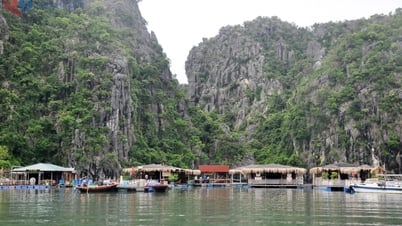

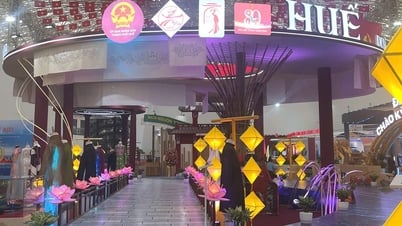

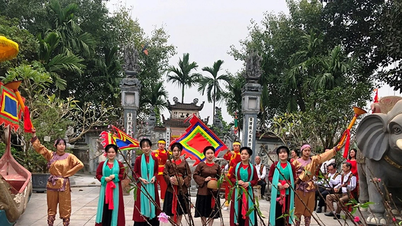







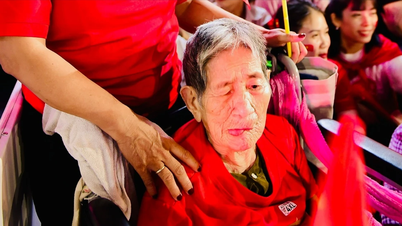

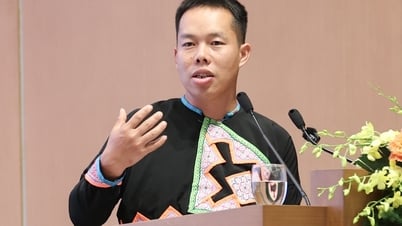

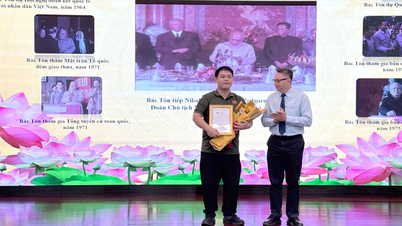
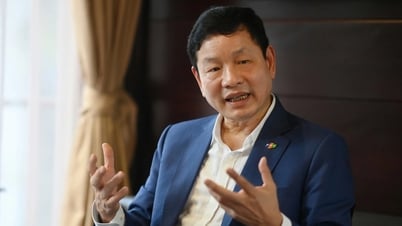


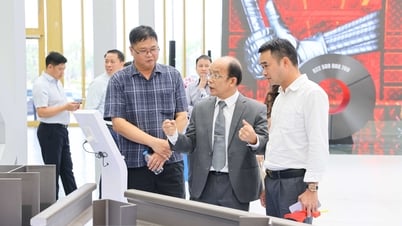

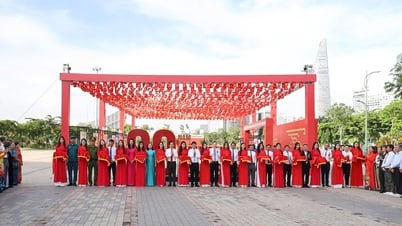
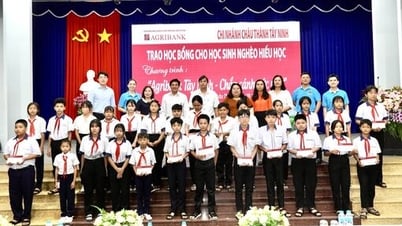


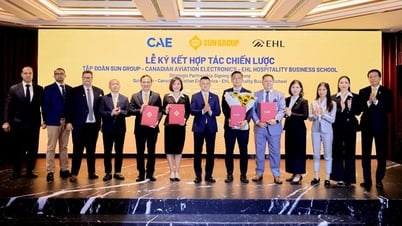
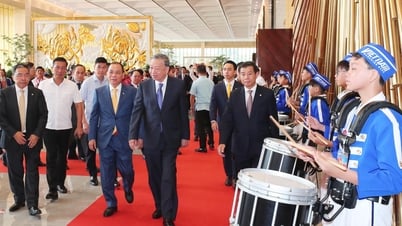


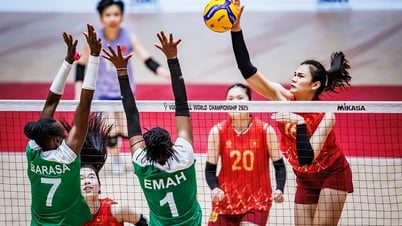

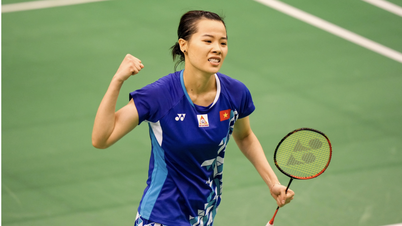





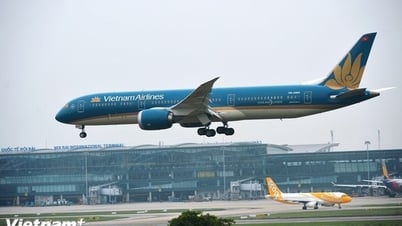

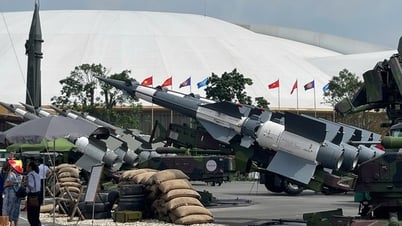
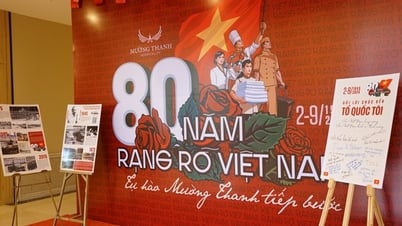
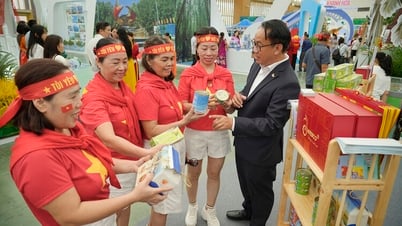

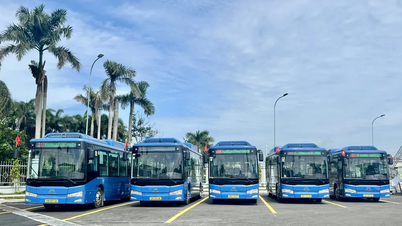
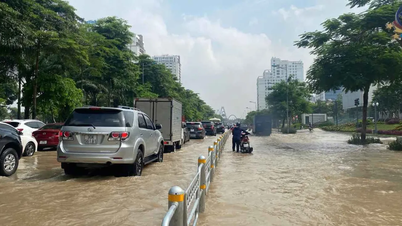
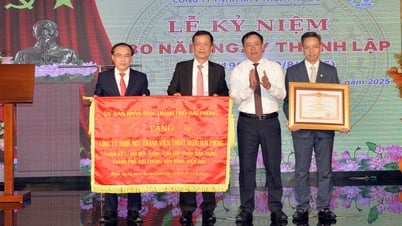
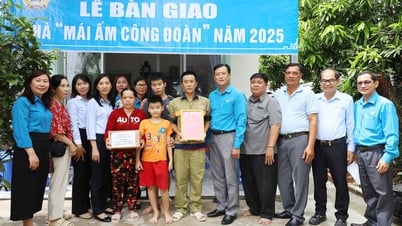
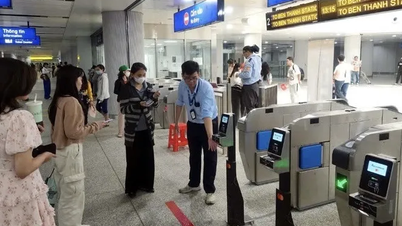




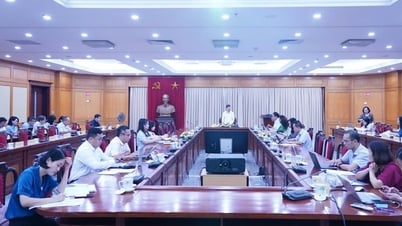

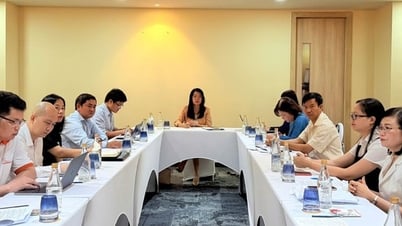
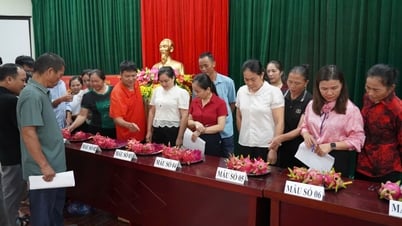

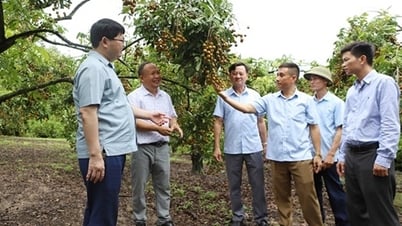





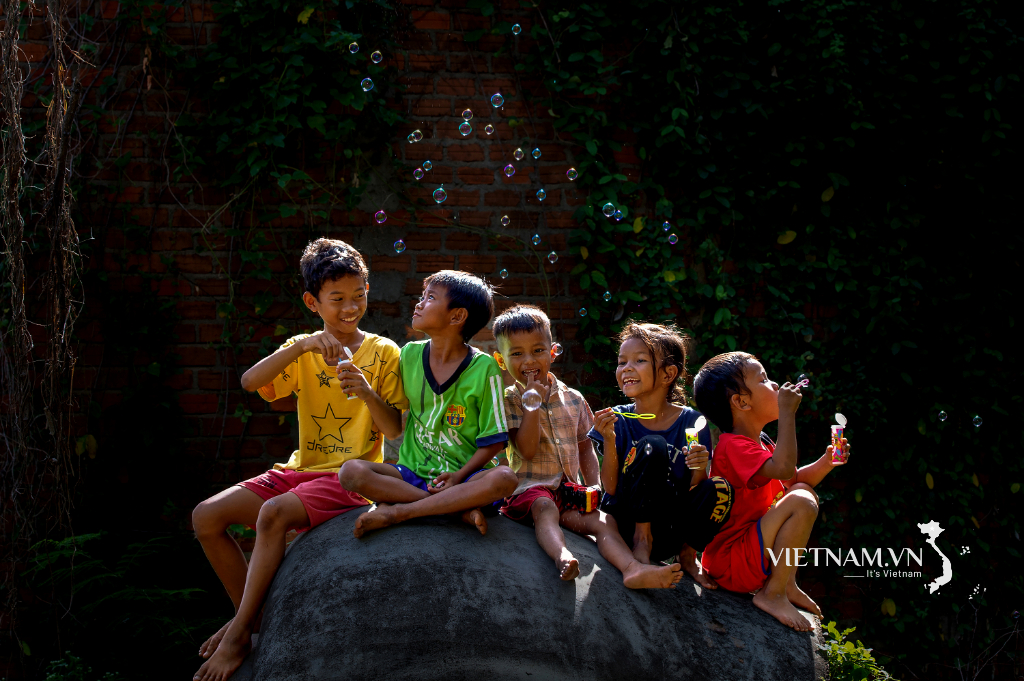
Comment (0)